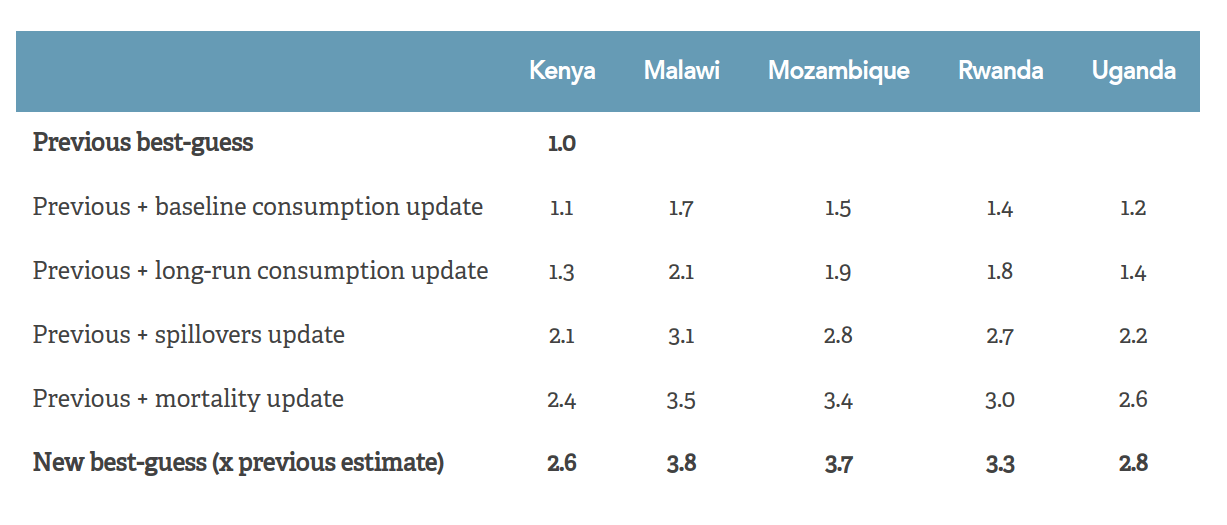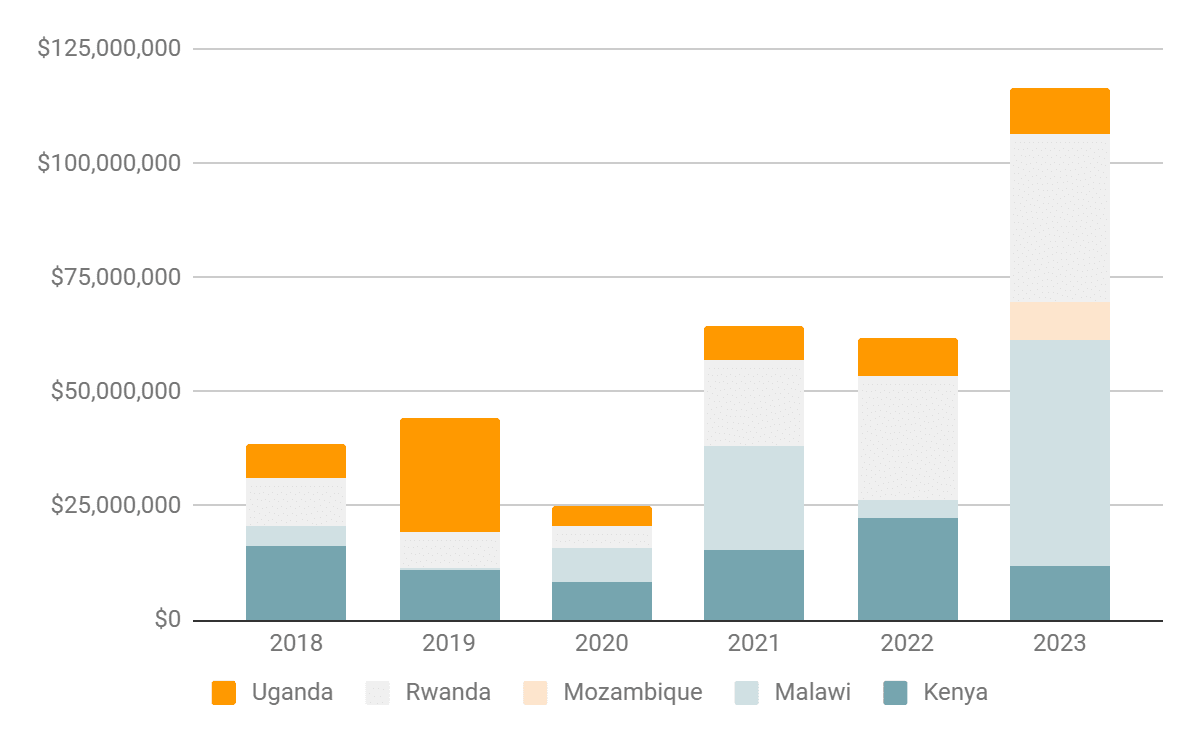Summary:
- The charity evaluator GiveWell increased their rating of the cost-effectiveness of GiveDirectly’s Cash for Poverty Relief program by 3-4x after reevaluating our work, including assessing new evidence.
- This update was driven by new estimates of direct cash’s positive impact on local economies, consumption, and child mortality, which show our work (past & present) is more impactful than they’d previously assumed.
- This update hasn’t changed GiveWell’s top charity and funding recommendations, but this could shift in the future.
- We’re excited about this update and look forward to continued conversations with GiveWell, as we continue to generate new evidence on cash’s long-term impact which may shift their assumptions again.
From GiveWell's post:
We estimate that this program is ~3-4x more cost-effective than we had previously estimated, and around ~30-40% as cost-effective as our marginal funding opportunity.
Nick Allardice (GiveDirectly's CEO) has posted this video.



Hi Adam
Thanks for that extra info. On Egger I agree that many of the effects found there don't seem to be Hawthorne Effects - the bit that seems most credible to me is that non-recipients report working more hours on average which seems consistent with a theory that they are getting real benefit from a cash injection into a cash constrained village). I also agree with your conclusion they're unlikely to overstate their income/consumption, though there might be a stronger incentive for them to make their consumption choices seem sensible[1]
I have questions about how sustainable the gains are and who the losers are,[2] but also think the Egger characterisation of villages as small open economies with under-utilised resources (so the real welfare gains vastly outweigh local inflation) sounds plausible.
The roof methodology is probably a potentially Hawthorne Effect effect with more cause for concern: if potential recipients figure it out, the result might be certain households deferring a sensible investment in a tin roof in the hope this makes them eligible for future benefactor gifts. From a total welfare perspective those marginal poor families might be able to use their accumulated savings in other ways [nearly] as positive as the roof investment, but there are still arguments about perverse incentives
I realise people in villages in developing countries generally don't have many opportunities to waste money on temptation goods benefactors would disapprove of, but at the margin...
an obvious potential example, given GD's approach, would be future losses to the thatching industry (likely also composed of local poor people). Depending on how easily they can redeploy skills and resources, their losses from no longer being paid for rethatching might be comparable in magnitude to the welfare gains of families finally able to afford a roof that lasts.